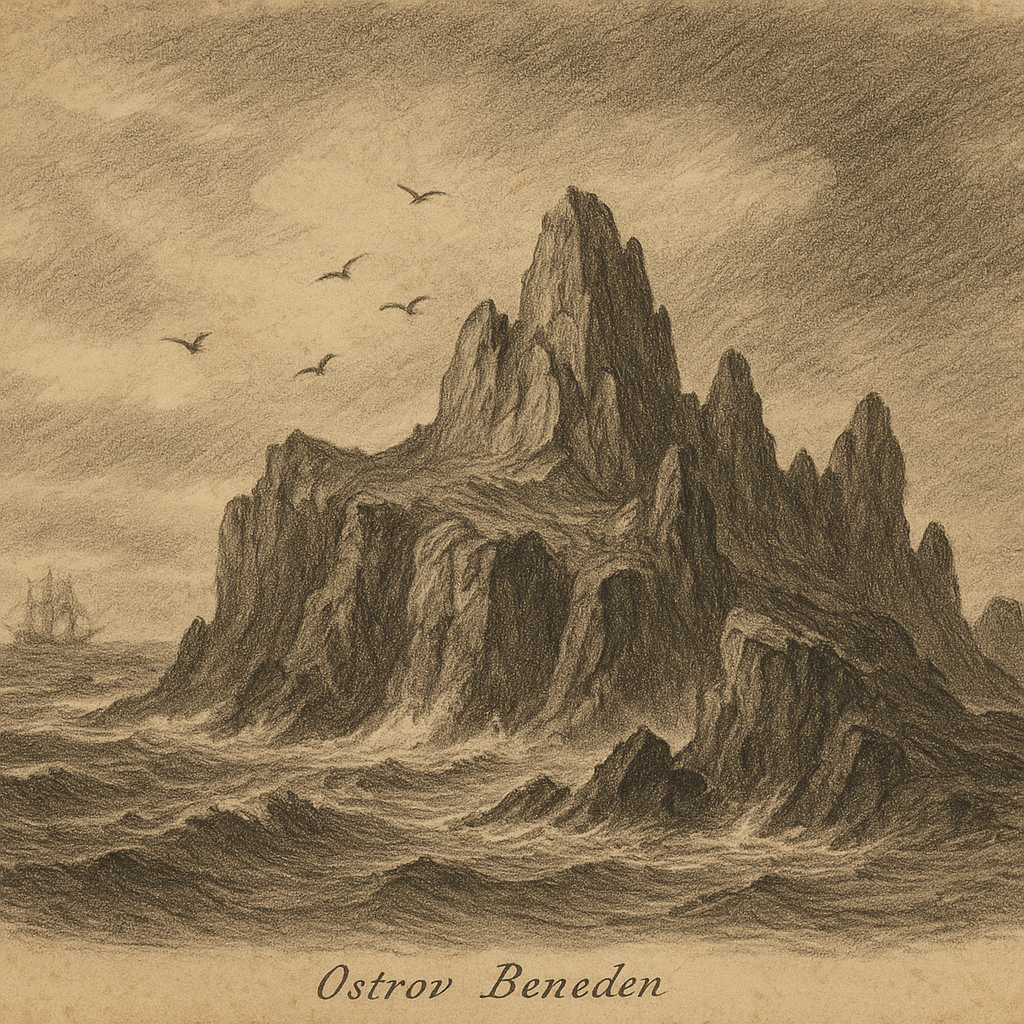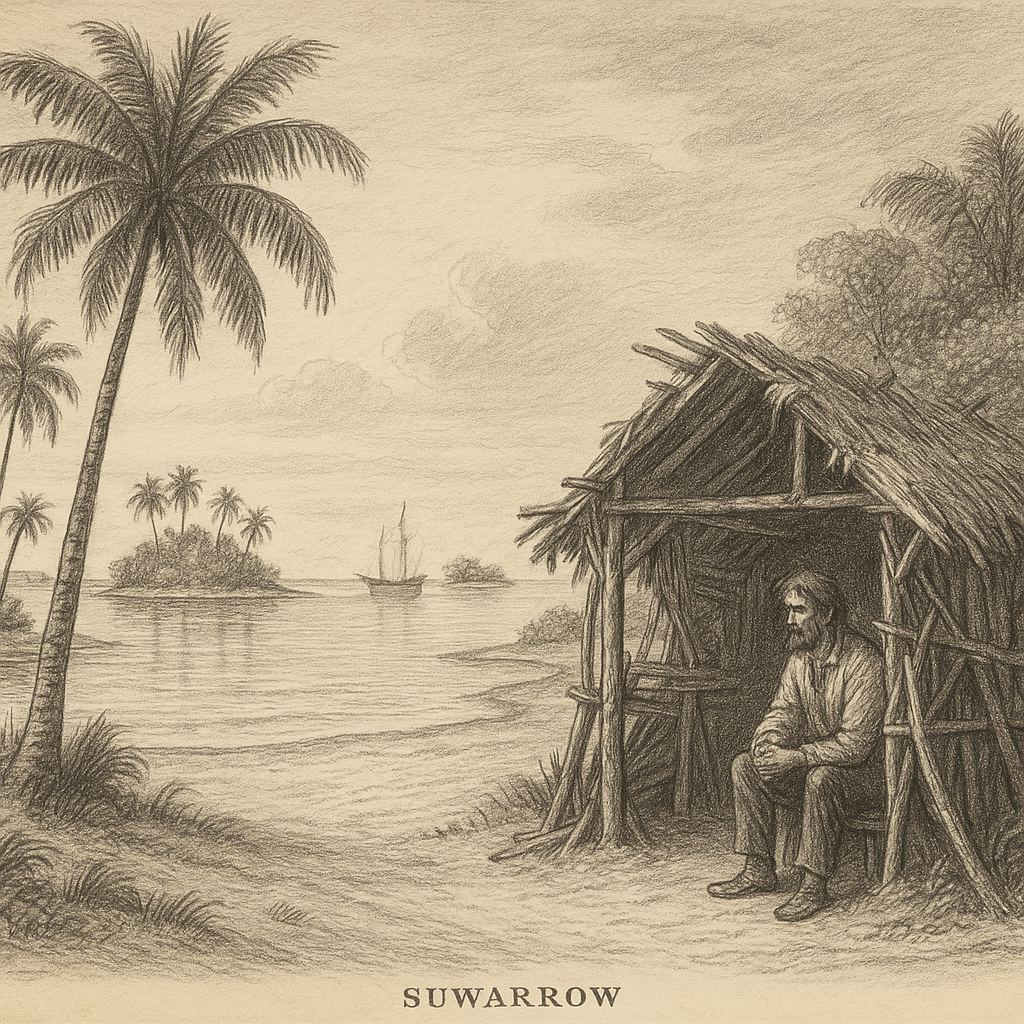Fangataufa Atoll, a secluded ring of coral in the southeastern corner of the Tuamotu Archipelago in French Polynesia, is a place few people have set foot on, yet it remains etched in history due to its striking natural features and controversial past. Despite its small size and remote location, Fangataufa has drawn attention from scientists, historians, and adventurers alike.
Geography and Location
Fangataufa lies approximately 1,200 kilometers southeast of Tahiti, in the South Pacific Ocean. It is a coral atoll, nearly round in shape, with a total land area of approximately 5 square kilometers.
Enclosed within its ring of low, white-sand islets is a sheltered lagoon of about 45 square kilometers. The atoll forms part of a line of islands and atolls spread across the Pacific, straddling one of the most isolated maritime regions on the planet.
Fangataufa is entirely uninhabited today. Its seclusion, along with its relatively undisturbed environment, has made it not only an object of strategic interest in the past but also a focal point for scientific research and ecological studies in more recent years.
Historical Significance
Though initially discovered by European explorers in the 19th century, Fangataufa remained largely out of the spotlight until the mid-20th century when it was selected by France as a nuclear test site.
Between 1966 and 1996, France conducted a series of nuclear tests in the South Pacific, with Fangataufa and neighboring Mururoa serving as the principal testing grounds. The first nuclear test at Fangataufa, codenamed Canopus, took place in 1968 and was the site of France’s first hydrogen bomb detonation.
For many years, the atoll was under strict military control, with access forbidden to civilians and independent researchers. Only after France ended its nuclear program in the region was access gradually restored, though it remains heavily restricted due to residual contamination and the island’s fragile environment.
Ecology and Biodiversity
Due to its isolation and minimal human activity—aside from military operations—Fangataufa has retained a surprisingly intact ecosystem. It features a classic tropical marine environment with coral reefs, lagoons, and an inner platform supporting grasses, shrubs, and a scattering of coconut palms.
Birdlife is particularly notable, with large nesting populations of seabirds such as red-footed boobies, frigatebirds, and noddies. The surrounding waters are home to diverse marine species, including reef sharks, groupers, and various tropical fish, making it a significant ecological site despite its small size.
Ecological studies have been carried out to assess the impact of past nuclear tests, and ongoing monitoring is conducted under the French Ministry of Defense and environmental authorities. Areas of the lagoon and certain parts of the terrestrial environment remain restricted due to long-lived radionuclide contamination.
Access and Regulations
Visiting Fangataufa is challenging and heavily regulated. Because of its past as a nuclear test site and its fragile ecosystem, entry requires special permits from the French Ministry of Overseas Territories and the military.
There are no facilities or settlements on the atoll, and all expeditions must be self-sufficient and self-contained. In recent years, a few scientific missions have been permitted to study the island’s ongoing radioecological recovery and biodiversity.
However, there are no tourism activities, and Fangataufa remains one of the least accessible places in the Pacific.
Interesting Facts
Fangataufa was the site of France’s first hydrogen bomb test in 1968, which had a yield of approximately 2.6 megatons. Unlike its nearby counterpart Mururoa, Fangataufa saw fewer tests—only four atmospheric and ten underground detonations—but remains symbolically crucial in the narrative of post-colonial French nuclear policy.
In 2010, the French government declassified many of its internal documents relating to nuclear testing at Fangataufa, sparking renewed debate about its impact on the environment and the health of workers and nearby residents.
Despite its history, Fangataufa’s lagoon is still a thriving marine environment, showing surprising resilience in the face of previous disturbances.
Legends and Local Perspectives
While Fangataufa’s modern history is largely defined by nuclear testing, the atoll has older stories to tell as well. According to oral traditions shared by Polynesian elders in the Tuamotus, Fangataufa was once regarded as “Te Motu o te Huna,” or “The Island of Secrets.”
It was said to be a place hidden from the gods, unreachable without permission from ancestral spirits who guarded its shores with storms and relentless currents.
Another legend speaks of “Te Moana Tū-kino,” a sea creature believed to dwell in the atoll’s lagoon. Described as a giant eel with glowing eyes and the power to control the weather, it was said to appear on moonless nights, warning travelers to turn back before venturing into forbidden waters.
While these stories are now woven into the mythic past, for many Polynesians, Fangataufa still carries a spiritual weight that transcends its geopolitical history, serving as a symbol of nature’s resilience and the need for stewardship over even the most remote corners of the world.
Conclusion
Fangataufa is a place of contradictions: remote yet famous, desolate yet ecologically rich, remembered largely for a period of devastation yet now standing as a monument to ecological endurance.
As the world grapples with the environmental legacies of its industrial and military past, places like Fangataufa remain pivotal in understanding both the damage done and the potential for healing.
While it may never be a tourist destination or a populated island, Fangataufa’s story continues to evolve—quietly, in the heart of the Pacific.



